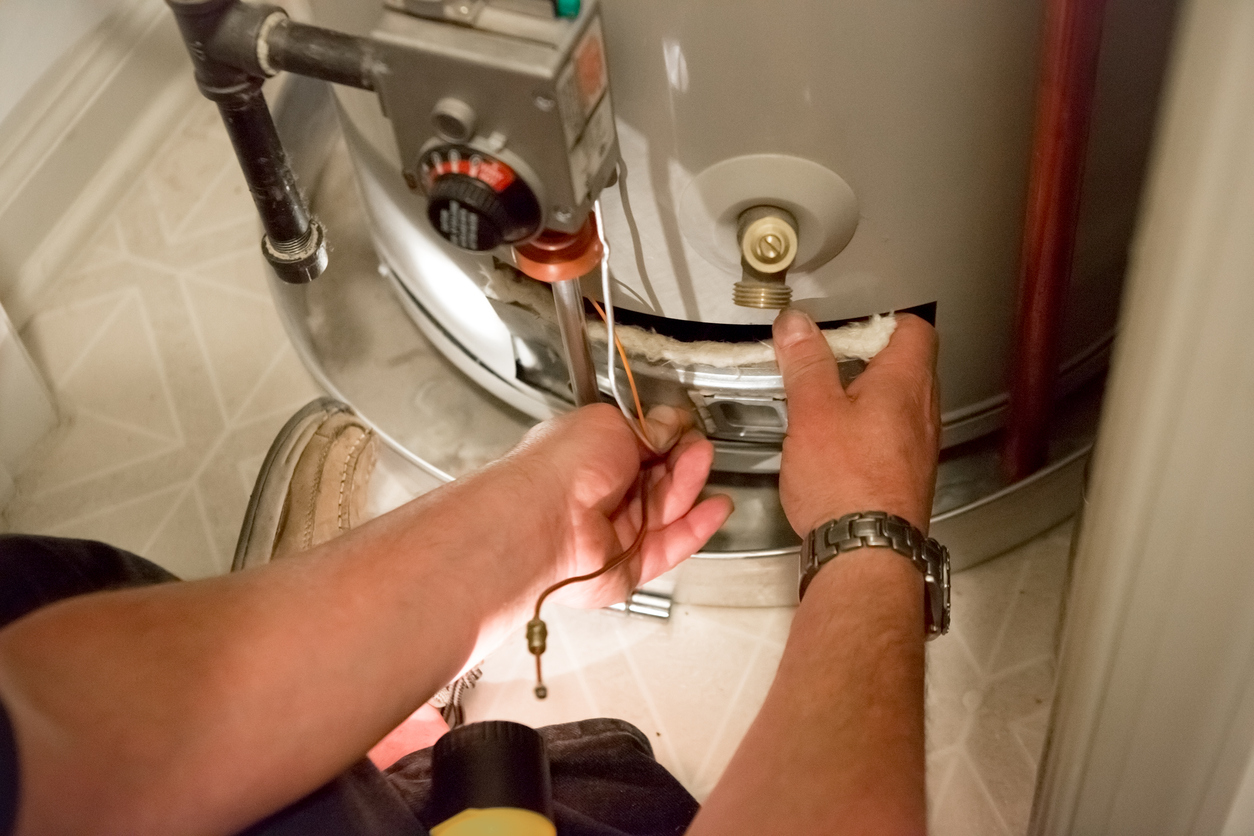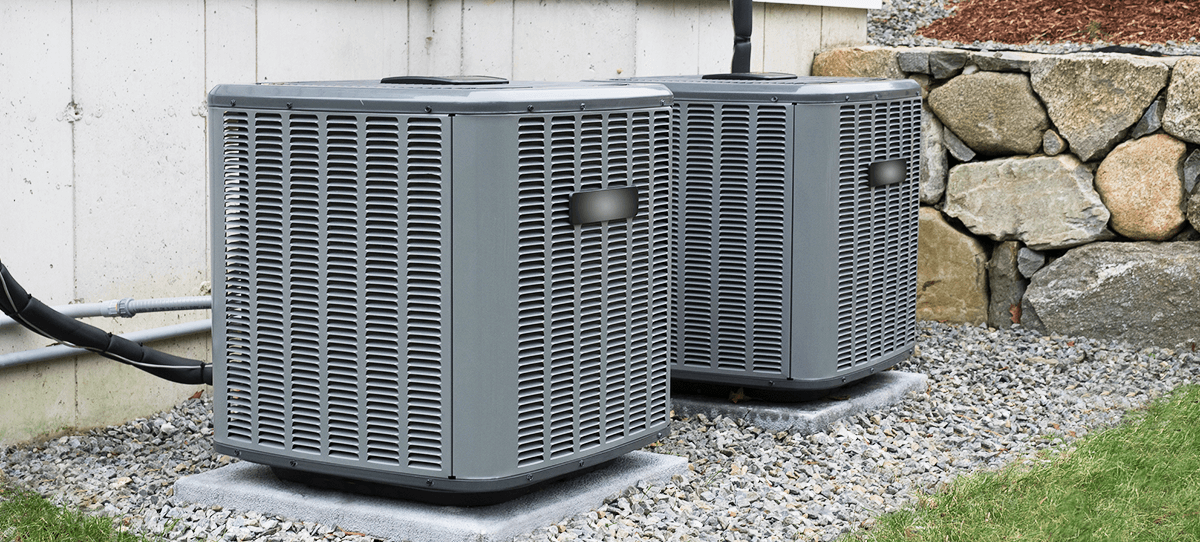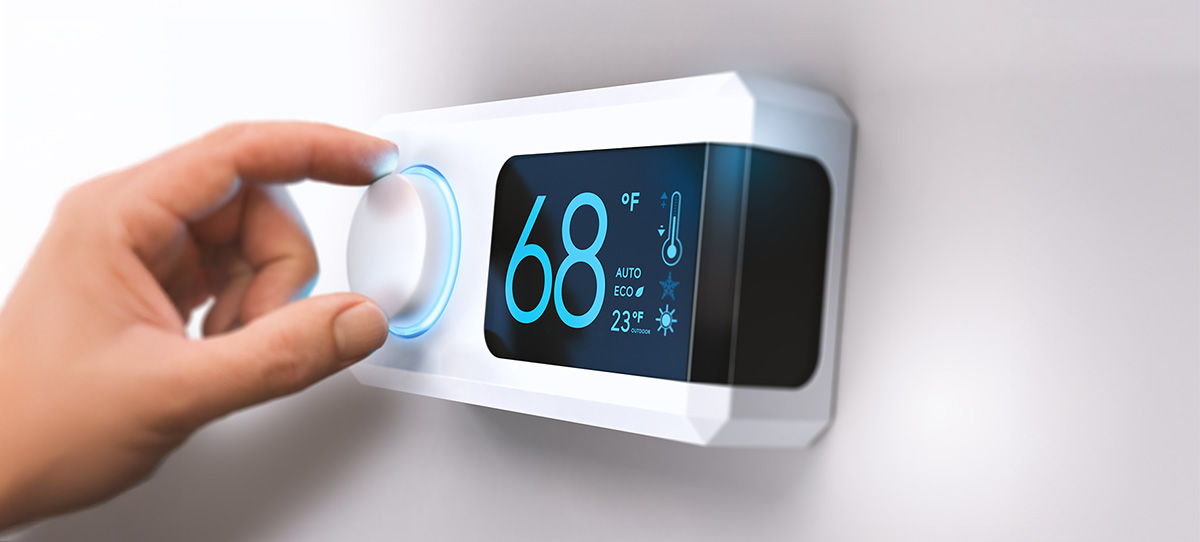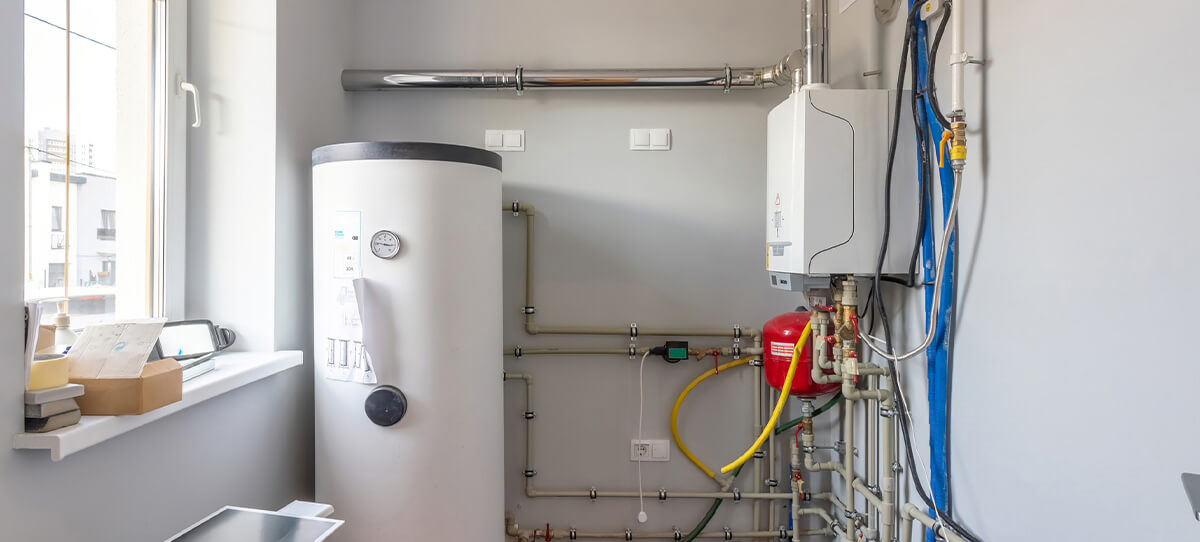
Most water heater maintenance manuals recommend draining your water heater every six to 12 months, but when was the last time you drained the water from your water heater? Hot water may be necessary, but we take it for granted until we don’t have it anymore. All it takes is one cold shower to remind you why maintaining your water heater is crucial.
One of the best ways to prolong the service life of your water heater is to drain the unit. Over time, natural minerals in the water begin to build up, as well as sand and grit that gets flushed in from municipal water lines. Draining your water heater helps remove sediment buildup, ensuring your water heater performs better and uses less energy. This simple DIY requires a little time and a few essential tools.
Since 1988, our team has been committed to excellence and proud to serve Southeastern Michigan and Metro Detroit. Go with the Name You Know and contact us online or call 586-336-1111!
What To Do Before You Begin
Before you get started, you should locate your home’s main water shut-off valve. You won’t necessarily need it while draining your water heater, but it’s always a good idea to ensure you know where this valve is, especially when working with any plumbing fixtures. You can stop all water flowing through your pipes if something goes wrong.
Keep in mind that this process involves working with extremely hot water. It’s a good idea to turn off your water heater several hours before you begin, allowing the water to cool down. If you can’t do that, you should use heavy-duty rubber work gloves and safety glasses to protect your hands and eyes from splashes.
What you’ll need:
- Adjustable wrench
- Garden hose
- Flat-head screwdriver
- Bucket
Steps To Take To Drain Your Water Heater
Follow these steps once you have all your materials and are ready to start:
Do a Quick Flush
Before shutting off the water, flush the drain valve quickly. Connect your garden hose to the drain valve and flush the tank a bit by opening the drain valve for a few seconds and then closing it again. The pressure will blow out any sediment stuck in the valve and help the tank drain faster. If a lot of sediment comes out, you may need to repeat this step several times.
Ensure you run your hose to either an exterior location or into the bucket to catch the water and sediment that will come out.
Turn the Water Heater Off
If you have a gas water heater, the next step is shutting off the gas to your water heater. You want to shut off the power if you have an electric heater. Next, shut off the water by either using the valve in the cold-water pipe (above the water heater) or the main water supply valve.
You should ensure the pressure is off by testing hot water faucets in the house; turn them on and check for water. Some water may gush out at first, but if the water has been shut off correctly, it should quickly slow to a trickle. Make sure to leave a hot water tap open in the sink or bathtub closest to the water heater to help alleviate pressure in the system.
Attach the Hose & Open the Valve
Ensure your garden hose is attached, and then open the drain valve. This can usually be done by hand, but you might need to use the flat-head screwdriver to help. When the valve opens, water will begin to gush out of the drain, so ensuring your hose either leads to an exterior location or into the bucket is crucial. As the bucket fills, turn off the drain valve every time you dump it.
Once all water has drained from the tank, briefly turn on the cold-water supply to stir up any remaining sediment. You should repeat this process until the water runs clear. This can take a little bit of time, so patience is key. Also, use caution in case the water is still hot!
If Necessary, Clear the Excess Debris & Sediment
Sometimes, there is excess debris and sediment, so you should continue the above process until the water runs clear. When this happens, you’ll know you’ve removed the residue and can move on to the next step.
Turn the Water Heater Back On
When all the debris and sediment are gone, shut off the drain valve and disconnect the garden hose. Make sure all but one of your hot water taps are closed. Then you can turn the water back on to the water heater. You can re-energize the system slowly by partially opening the valve, and when the system is fully energized, you can fully open the valve. After doing so, monitor the tap you left open, and once nothing except water is coming out of the fixture, turn it off.
You want to reignite the pilot light if you have a gas water heater. If you have an electric water heater, turn the power back on. You should have hot water again within an hour or so.
Check for Leaks & Inspect the Tank
Check the system for leaks. If there are no leaks, the drain valve is properly closed. If the drain valve does not close completely, you can stop the leak by putting a threaded hose cap over the hose thread of the outlet, or you can replace the valve completely. Inspect the tank for any other issues that may have popped up.
Call Us for Professional Water Heater Services
Draining your water heater is usually a simple process you can do yourself, but sometimes things don’t go as planned. When this happens, call Randazzo Heating, Cooling & Electric for help.




